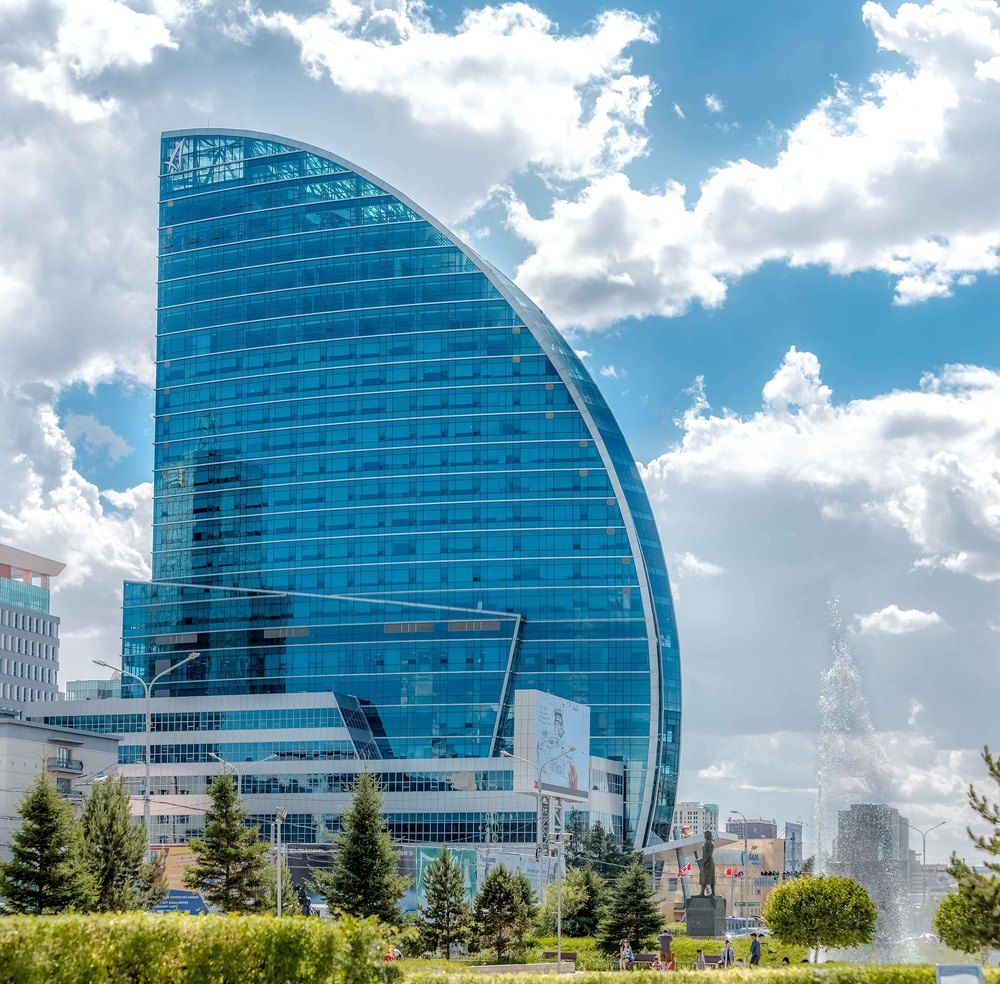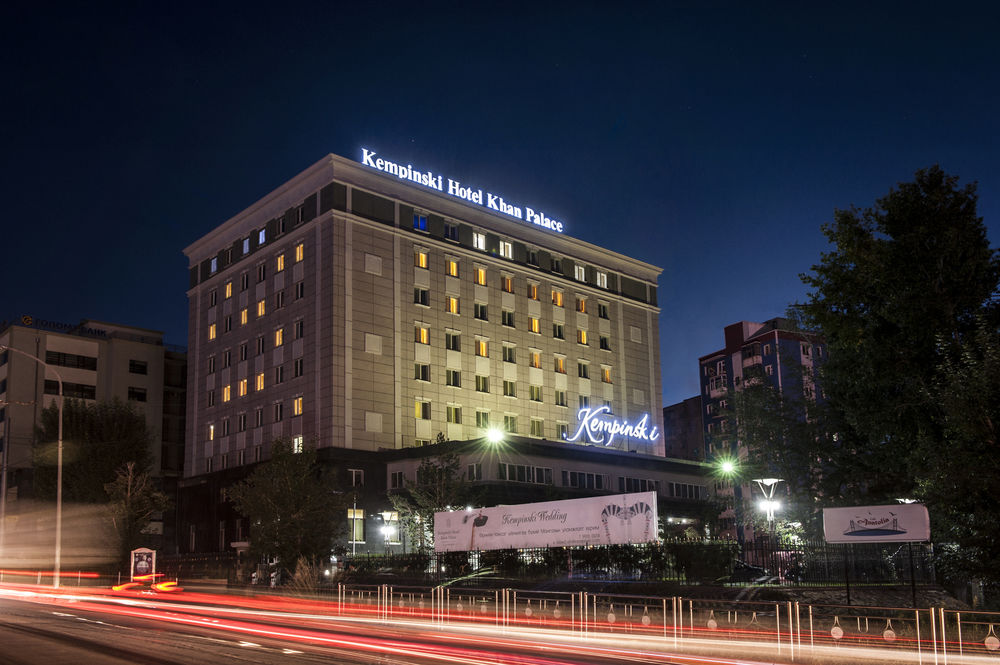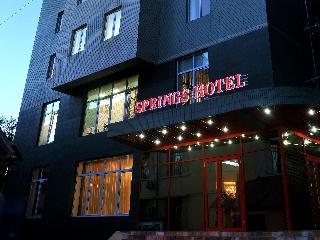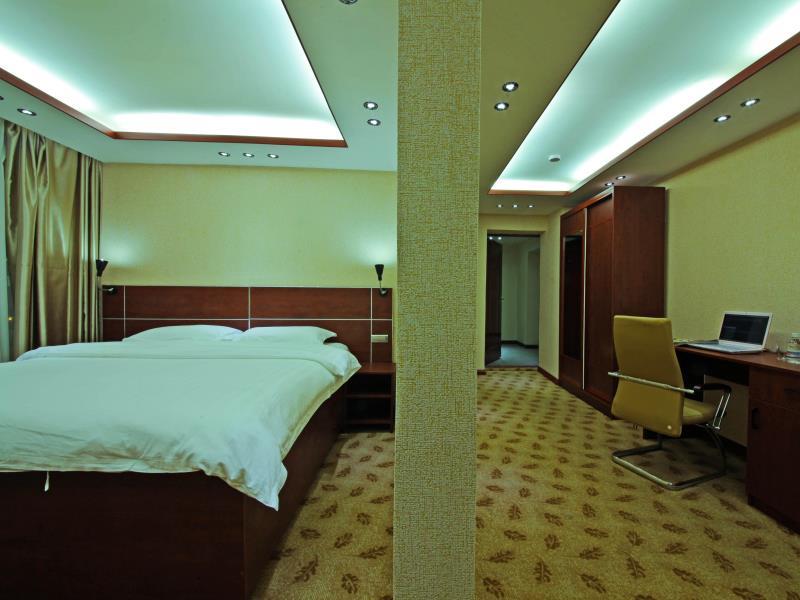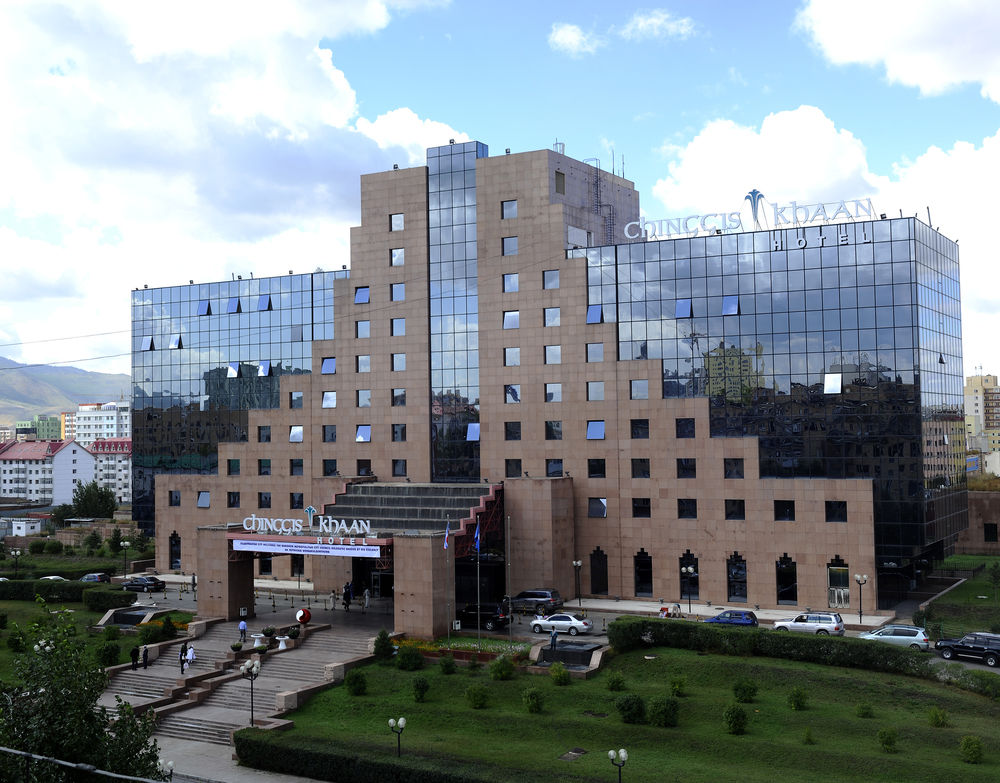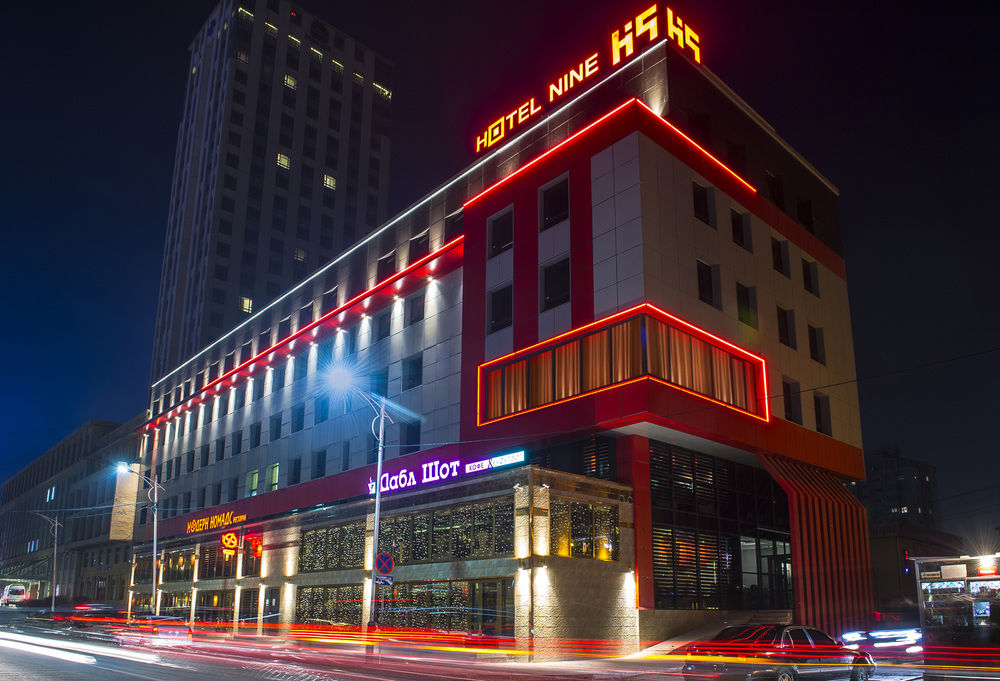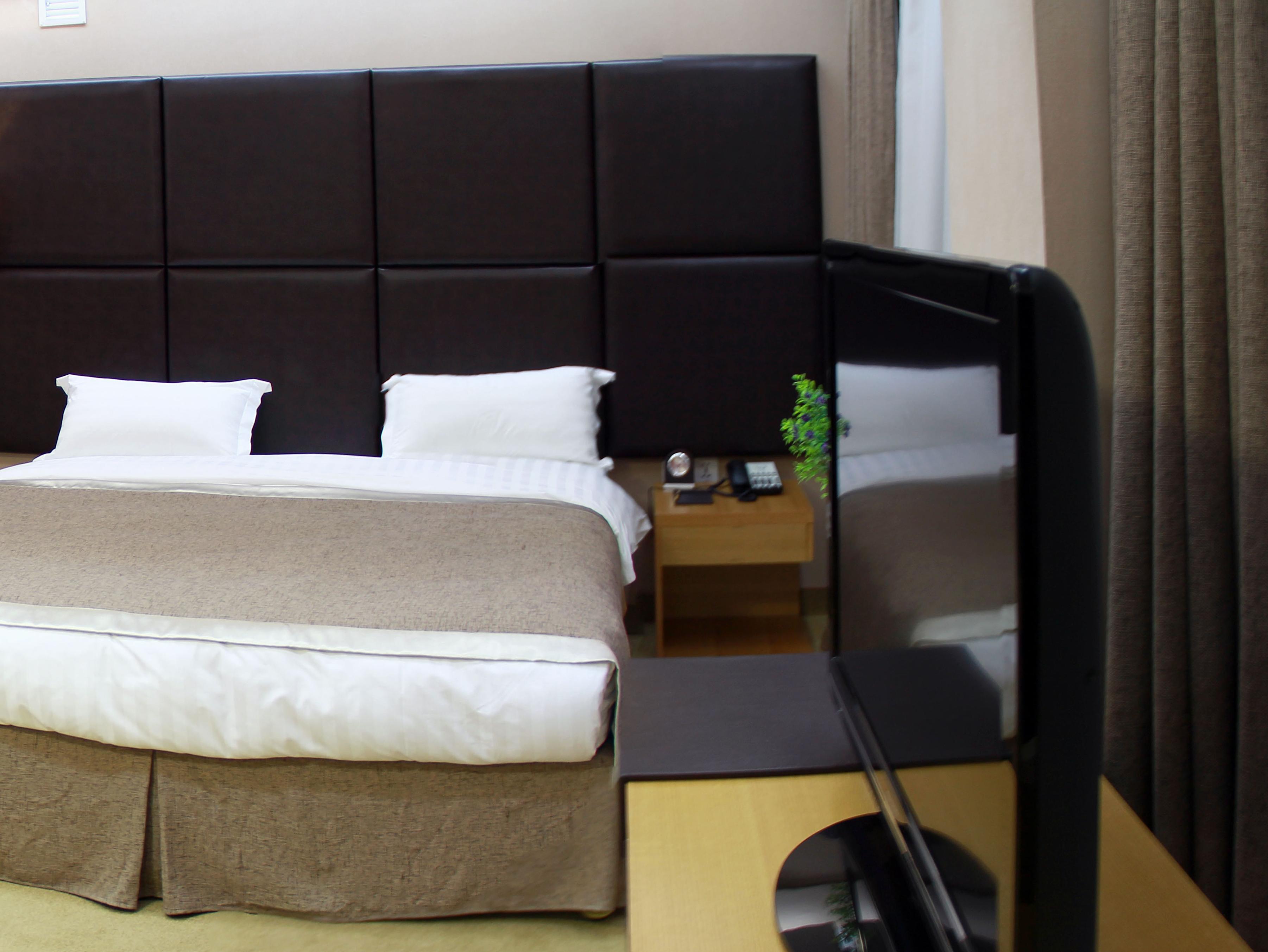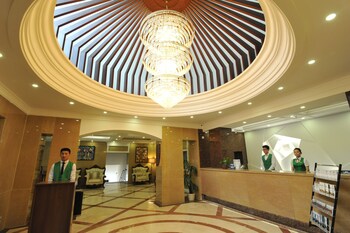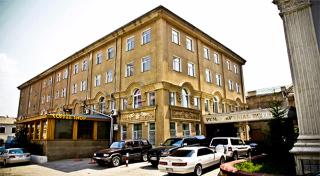
ウランバートルホテル検索結果
AIが見つけた軒のホテルの最安値をご覧ください。
ベストホテル
最安値のホテル
ホテル等級
AIおすすめ
ウランバートルベストホテル
ウランバートル 最低価格のホテル
最高評価のホテル
ウランバートルにある5つ星ホテル
ウランバートルにある4つ星ホテル
ウランバートルにある3つ星ホテル
AIがおすすめする世界の旅行先
ウランバートル近くのホテル情報
ウランバートル 旅行に欠かせない情報
“A city of red hero”
Ulaanbaatar, formerly anglicised as Ulan Bator (Mongolian: Улаанбаатар, [ʊɮɑːm.bɑːtʰɑ̆r], Ulaγanbaγatur, literally "Red Hero"), is the capital and largest city of Mongolia. The city is not part of any aimag (province), and its population as of 2014 was over 1.3 million, almost half of the country's total population. Located in north central Mongolia, the municipality lies at an elevation of about 1,300 meters (4,300 ft) in a valley on the Tuul River. It is the country's cultural, industrial and financial heart, the centre of Mongolia's road network and connected by rail to both the Trans-Siberian Railway in Russia and the Chinese railway system.The city was founded in 1639 as a nomadic Buddhist monastic centre. It settled permanently at its present location, the junction of the Tuul and Selbe rivers, in 1778. Prior to that occasion it changed location twenty-eight times, each new location being chosen ceremonially. In the twentieth century, Ulaanbaatar grew into a major manufacturing center. Ulaanbaatar is a member of the Asian Network of Major Cities 21. The city's official website lists Moscow, Hohhot, Seoul, Sapporo and Denver as sister cities.
 時間 UTC+08
時間 UTC+08 通貨 MNT
通貨 MNT 言語 Mongolian, Turkic, Russian
言語 Mongolian, Turkic, RussianStaypiaだけの特別な特典
リアルタイムホテル最安値比較
AIが見つけたin ウランバートルの軒のホテルのリアルタイム最安値を簡単に比較検索できます。
316万軒のホテルを最安値で予約
最低価格に最大31%追加メンバーシップ割引でさらにお得にご予約いただけます。
自分だけの
AIがリアルタイムで更新するウランバートル旅行情報で便利に旅行を準備しましょう。
よくある質問
ウランバートルで最も人気のあるホテルは Ramada Ulaanbaatar Citycenter, The Blue Sky Hotel and Tower, Best Western Premier Tuushin Hotel です。
ウランバートルで最も人気のある5つ星ホテルはBest Western Premier Tuushin Hotel, Kempinski Hotel Khan Palace, Shangri-La Ulaanbaatarです。 ウランバートル 評価順にホテルを見る
ウランバートルで最も評価の高いホテルはRamada Ulaanbaatar Citycenter, Best Western Premier Tuushin Hotel, Kempinski Hotel Khan Palaceです。
一般的なホテルの場合、客室予約はキャンセル締切日前まで無料返金が可能です。キャンセル締切日以降は手数料が発生する場合がありますので、ホテルバウチャーまたはメニュー>マイ予約でキャンセル締切日をご確認ください。
ステピアでは、AIが収集した316万件のホテルの最安値はもちろん、会員限定の追加割引価格で人気ホテルを予約することができます。
